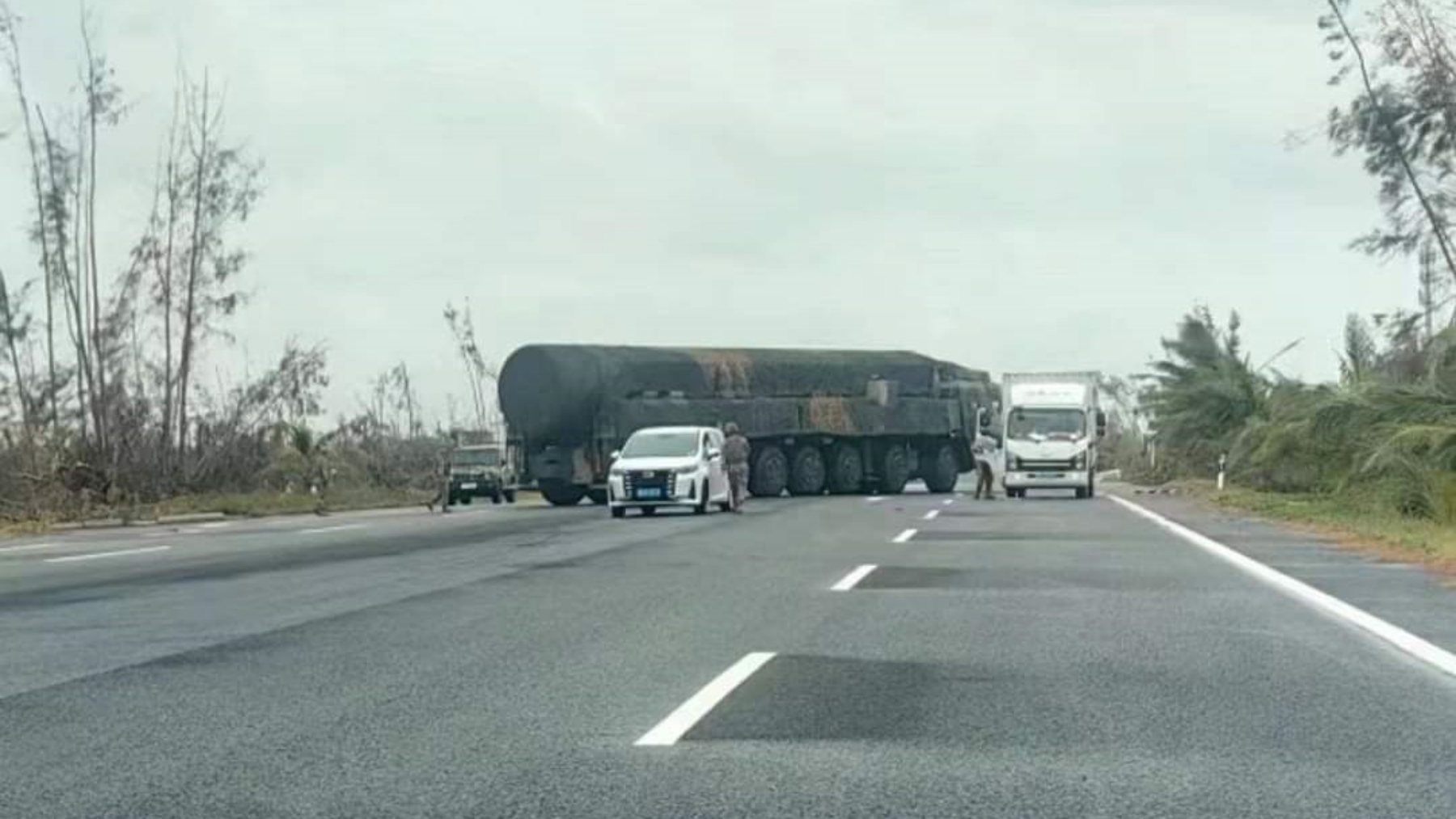On Wednesday, researchers announced they have pinpointed the launch site of a significant test involving a nuclear-capable intercontinental ballistic missile (ICBM) from China.
On September 25, the Chinese military launched a DF-31AG ICBM equipped with a dummy warhead towards the Pacific Ocean. This missile, with a range of approximately 6,959 miles, has the potential to reach most parts of the continental United States.
Although China did not reveal the exact launch location or the target area for the warhead, civil aviation notices indicated that the missile was likely launched from Hainan, an island in southern China, with the warhead landing north of Tahiti in French Polynesia.
Eliana Johns, a senior research associate at the Nuclear Information Project with the Federation of American Scientists, noted that testing ICBMs from Hainan is unusual as there are no permanent missile deployments on the island, which is adjacent to the South China Sea. Together with open-source analyst Ise Midori, they managed to narrow down the possible launch location.
Their investigation revealed that the missile was likely launched from Wenchang, located in the northeastern part of Hainan, based on a military photo and a social media post featuring the mobile launcher on the island.
The DF-31AG is an advanced version of China’s DF-31, which is its first solid-fuel, road-mobile ICBM. A report last year from the U.S. military suggested that China may have completed the construction of about 300 solid-fuel ICBM silos capable of housing both DF-31 and DF-41 class missiles.
It’s believed the mobile missile was transported via rail to a port before being shipped to Hainan, taking advantage of a rail link between the island and Guangdong, a coastal province on the northern South China Sea.

Chinese social media
The launch on September 25 marked China’s first ICBM test in decades, with Johns highlighting that Beijing typically conducts such tests at very high altitudes within its own territory. This test allowed the missile to fly at its full range without hitting ground areas or infringing upon neighboring countries.
While it remains uncertain if the Chinese military will conduct more ICBM tests from Hainan in the future, this testing location provides significant advantages. Similarly, the U.S. has conducted ICBM tests over the Pacific, with missiles traveling from California to sites like Kwajalein Atoll in the Marshall Islands.
